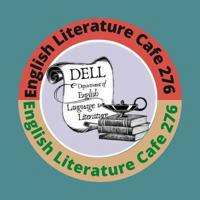
English Literature Cafe 276
🤚👍🏆Share With Friend's👍😃🏆❤️ t.me/Englitmania In this channel You 'll find PDFmatters related to English literature, Grammar, phonetics, etc. NET/SET/DSSSB/TGT/PGT/GIC & all state level exams.
نمایش بیشتر- مشترکین
- پوشش پست
- ER - نسبت تعامل
در حال بارگیری داده...
در حال بارگیری داده...
This is a discussion group of Literature Lovers where they share thier thoughts, ideas and feedback regarding matters. In this platform the aspirants of (TGT/PGT/NET/JRF/SET/DSSSB/MA/BA and other state exam) 'll find the solution of thier problems...🏆🏆
🤚👍🏆Share With Friend's👍😃🏆❤️ t.me/Englitmania In this channel You 'll find PDFmatters related to English literature, Grammar, phonetics, etc. NET/SET/DSSSB/TGT/PGT/GIC & all state level exams.
🤚👍🏆Share With Friend's👍😃🏆❤️ t.me/Englitmania In this channel You 'll find PDFmatters related to English literature, Grammar, phonetics, etc. NET/SET/DSSSB/TGT/PGT/GIC & all state level exams.
طرح فعلی شما تنها برای 5 کانال تجزیه و تحلیل را مجاز می کند. برای بیشتر، لطفا یک طرح دیگر انتخاب کنید.
